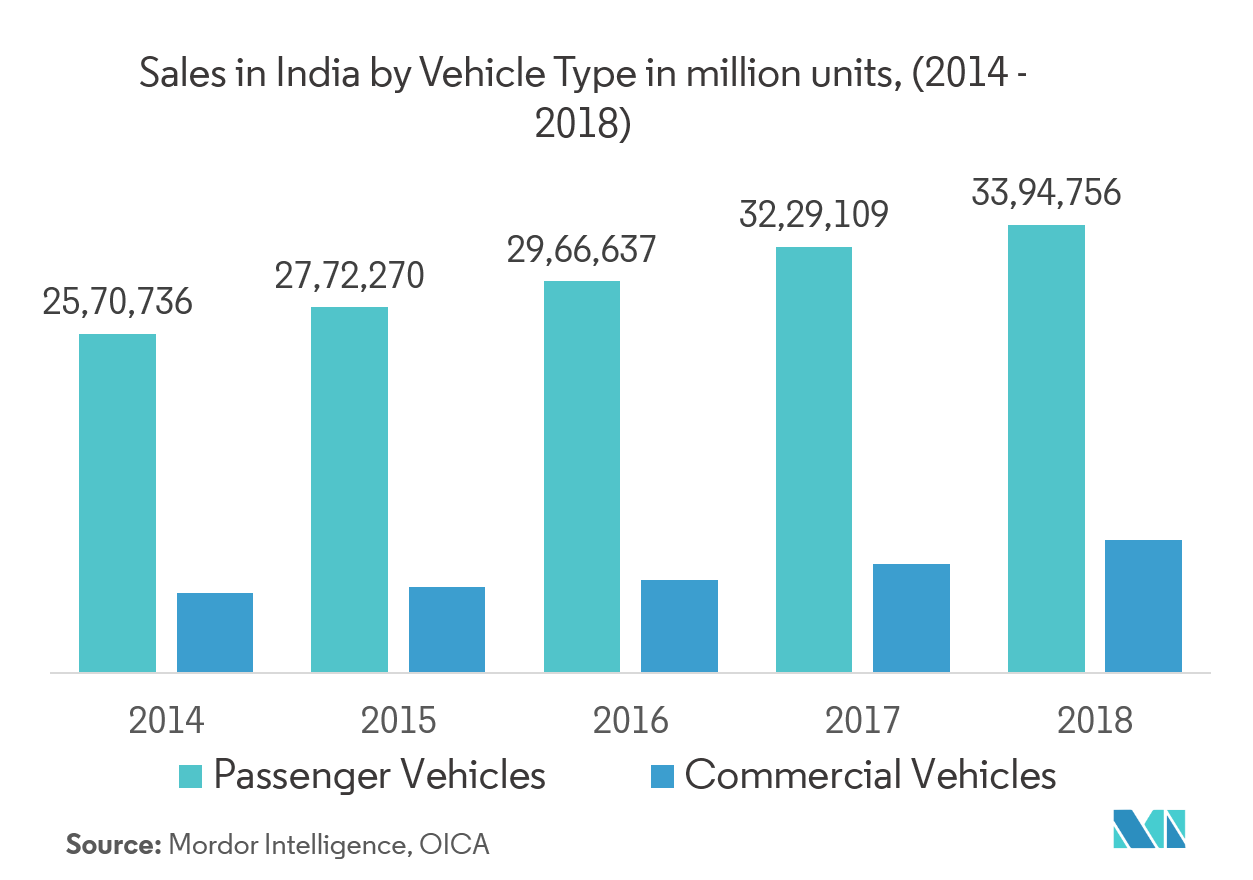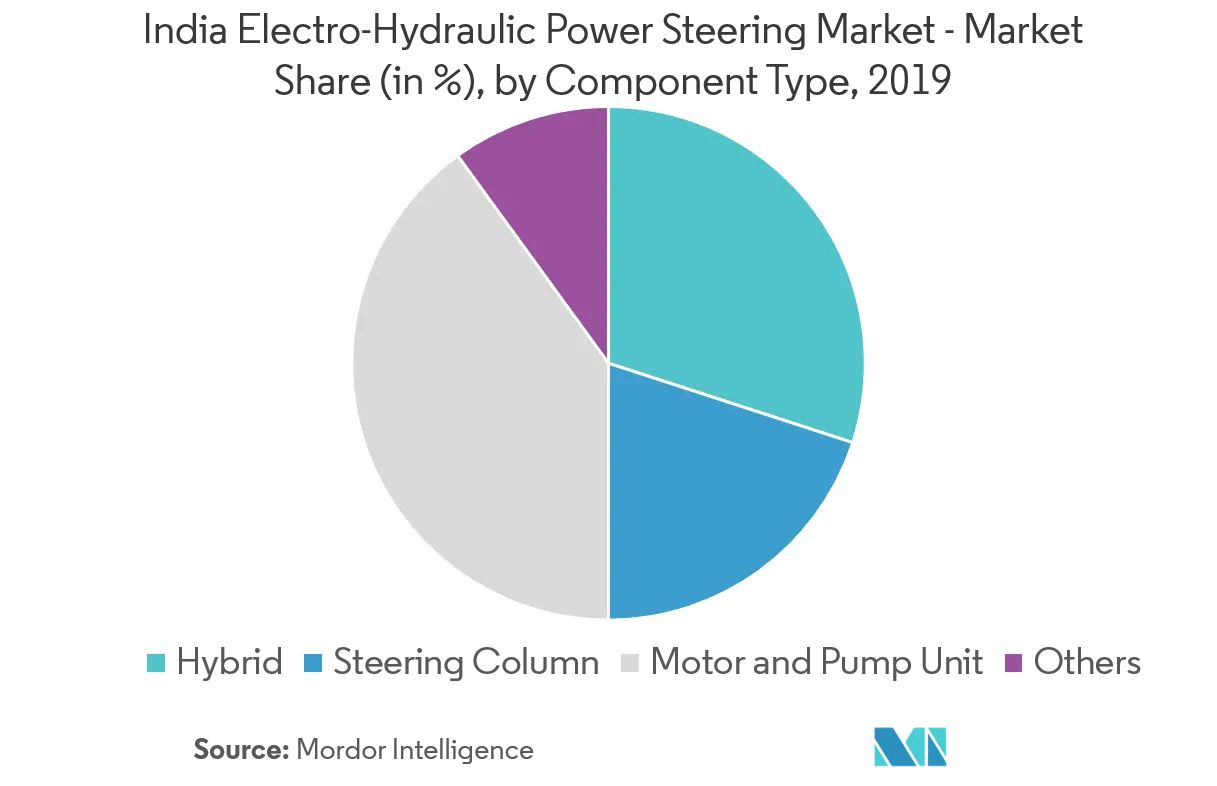Market Trends of India Electro Hydraulic Power Steering Industry
This section covers the major market trends shaping the India Electro Hydraulic Power Steering Market according to our research experts:
Electric Power Steering (Eps) Technology Phasing Out the Electro-Hydraulic System
Failure of power steering systems in vehicles, such as Ford Focus (2008) and Mercury Mariner SUV, helped bring significant changes in electric power steering (EPS) technologies, driven by the improvements and advancements of steering sensors. An electric power steering (EPS) does not use any form of hydraulic pressure to provide steering assistance. This technology is fully electronic and uses an electric motor to provide direct assistance. Since there is no power lost in generating and transmitting the hydraulic power, these systems are typically more efficient than the conventional hydraulic or electro-hydraulic steering systems. Furthermore, EPS systems are less complex than hydraulic systems. Hence, they are easier to manufacture. Moreover, car owners find it easier to maintain these systems, as there are less fluids and oils involved. Many auto manufacturers and OEMs, such as Bosch, Nexteer, Ford, and Nissan, are increasingly researching and adopting EPS in their upcoming vehicles, which may deter the growth of electro-hydraulic systems. For instance, Ford integrated a pull-drift steering compensation as an additional feature to its new EPS system. The company acknowledges EPS with pull-drift as an improvement in the sensor system, which helps to constantly measure the driver’s steering torque. It also helps in adapting to the changing road conditions and adjustment to the slightest of steering changes.

The Passenger Vehicles Segment Accounted for the Highest Market Share in 2018
The Indian automotive industry has been experiencing steady growth in the demand for and sales of passenger cars, owing to improvement in economic conditions and a rise in the consumers’ disposable incomes. The country witnessed a gradual shift from transportation to comfortable/convenient transportation and from convenient transportation to luxurious and safe transportation. With the growing presence of international automobile manufacturers and brands in the country, and the consumers’ ability to purchase new cars and maintain them, consumers are now willing to buy more than one passenger car to suit their various daily needs and travel purposes. Additionally, a consistent rise in population has been a major factor responsible for the rise in the automotive industry’s revenue, both for commercial vehicles and passenger cars, over the past decade. The Indian automotive industry is shifting from just being a component manufacturer to an assembler and manufacturer of complete vehicles, including passenger cars. Companies, like Hyundai and SAIC Motor, have planned significant investments in India by 2020. Since electro-hydraulic power steering is found in the majority of passenger cars, the increasing sales of passenger cars will also drive the market for an automotive electro-hydraulic power steering system in India.


